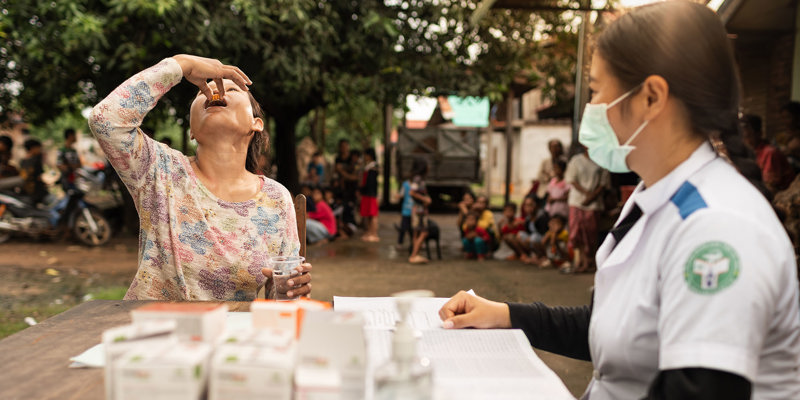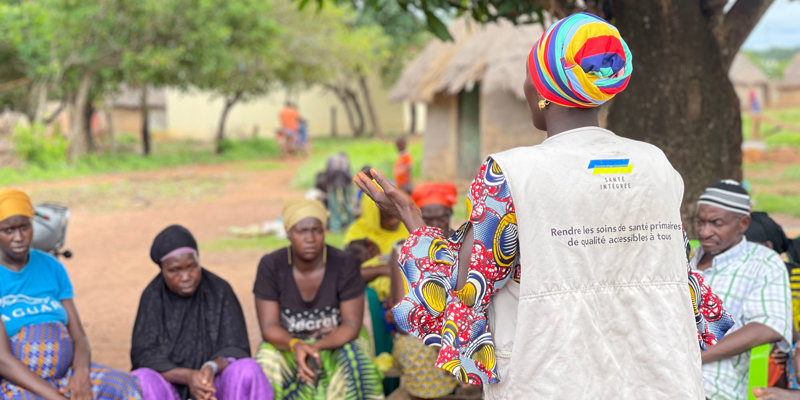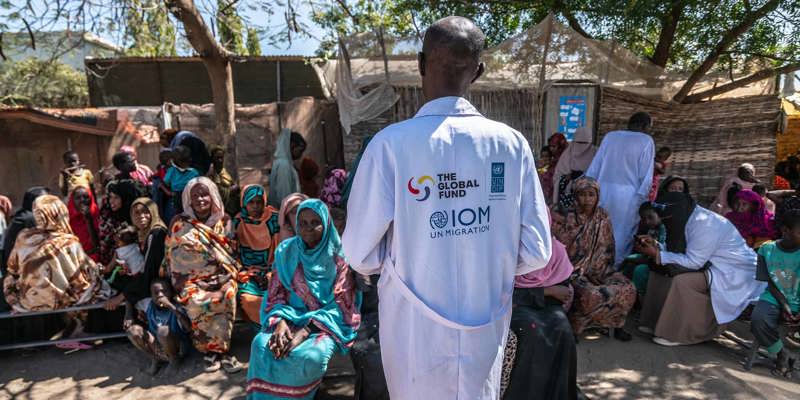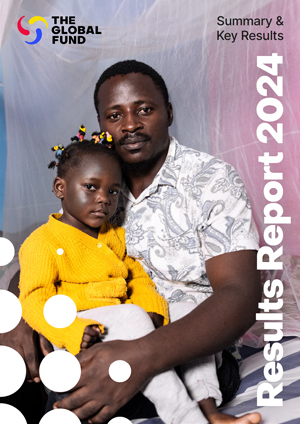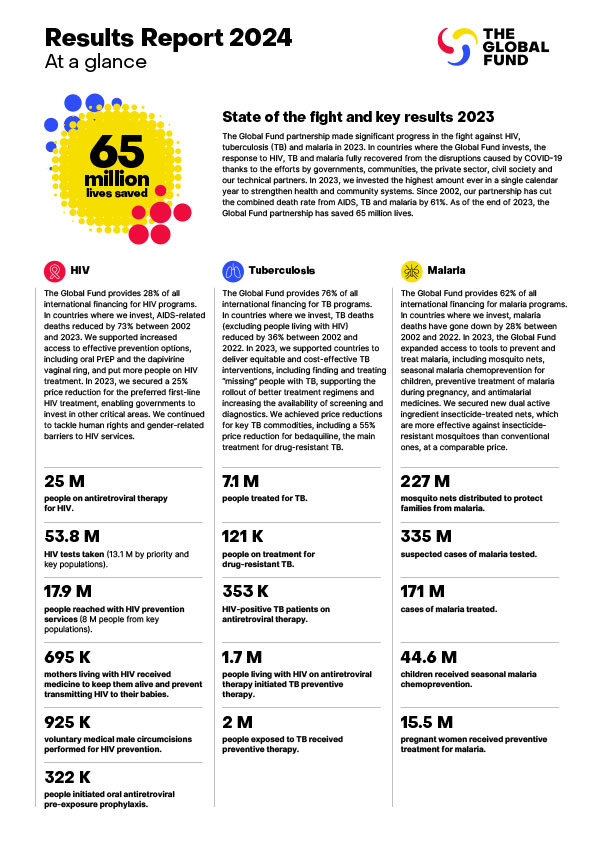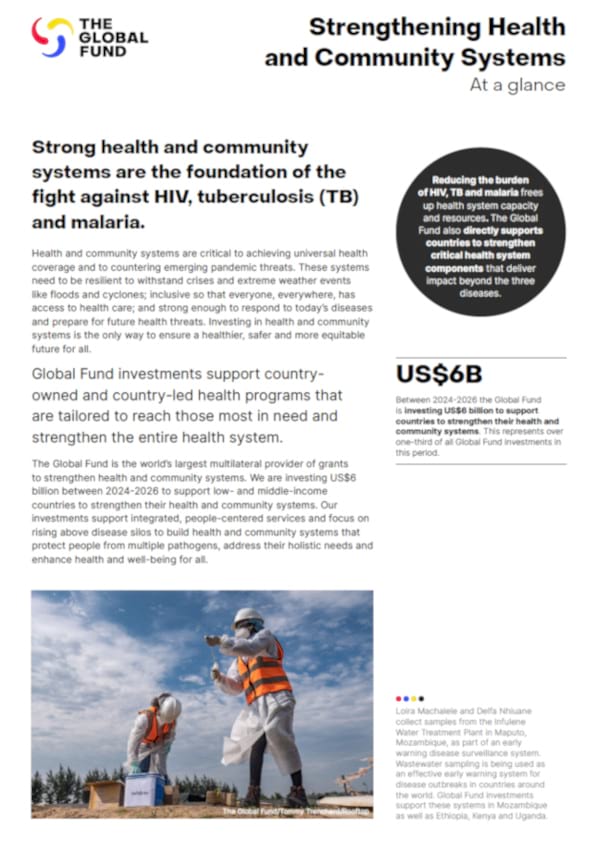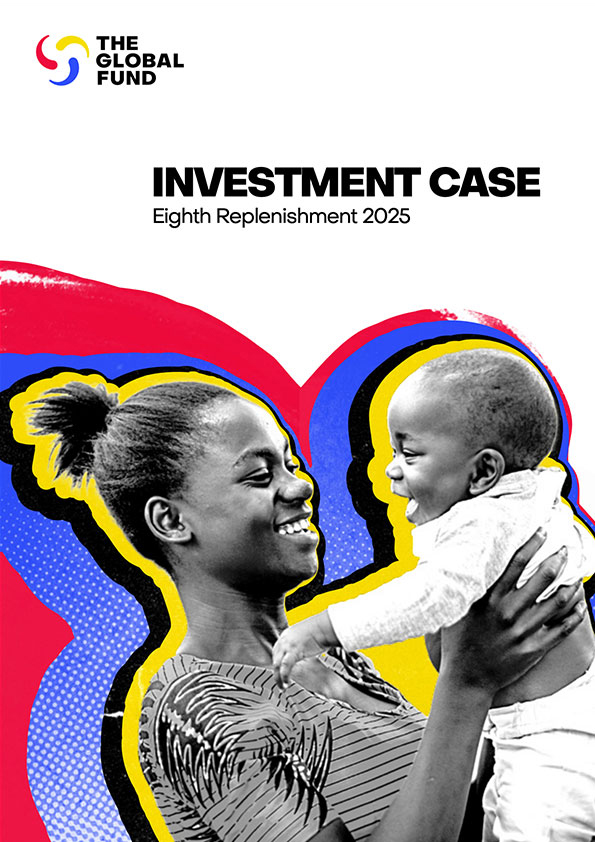GF/B18/DP12
Approved by the Board on: 08 November 2008
Building and Sustaining a Response that Halves Tuberculosis (TB) Mortality and Prevalence
1. The Board acknowledges and commends the Stop TB Partnership's Global Plan to Stop TB 2006-2015 (the "Global Plan"), which aims to halve current tuberculosis prevalence and death rates by 2015. As the largest external financier of tuberculosis programs worldwide, the Global Fund is committed to ensuring that it is a key partner in supporting the implementation of the Global Plan.
2. The Board recognizes that almost 40% of the estimated 9.2 million new tuberculosis infections per year worldwide are not detected/diagnosed, posing a major risk to an increased transmission of tuberculosis. Therefore, the Board encourages applicants to the Global Fund and implementers of tuberculosis programs to develop innovative actions to accelerate case detection and effective treatment of these cases. This will require investment to: increase the speed and precision of tuberculosis diagnosis using new tools; strengthen in-country monitoring and evaluation (M&E) and surveillance systems; increase community based responses. The Board specifically urges use of the dual track financing and other mechanisms to expand funded, well-trained community-based services for case detection and Directly Observed Treatment Short-Course (DOTS) provision.
3. The Board recognizes that the slow progress in implementing core TB-HIV collaborative services is a risk to achieving successful outcomes under current and future Global Fund tuberculosis and HIV grants. Given the large gap in tuberculosis screening in HIV settings and vice versa, the Board emphasizes that all applicants should include and implement significant, robust tuberculosis interventions in their HIV/AIDS proposals and HIV/AIDS interventions in their tuberculosis proposals. The Board requests the Secretariat to review the guidelines for phase 2 requests to require that, in respect of continued funding for tuberculosis or HIV grants, CCMs explain their plans for scale up to universal TB-HIV collaborative services and explicitly articulate what TB-HIV activities, funding, and indicators will be included in each proposal.
4. Noting the upcoming Ministerial meeting on MDR-TB in Beijing, the Board of the Global Fund urges substantive proposals be submitted to support MDR- and XDR-TB plans and that countries make use of budget and planning flexibilities to ensure programs utilize emerging technologies. The Board recognizes that the first line in reducing the risk of MDR-and XDR-TB is through effective DOTS treatment programs with high cure rates. In addition to expanding quality DOTS to prevent MDR-TB, a successful response will necessarily include a major scale up of drug susceptibility testing for all people suspected of having drug-resistant tuberculosis and effective treatment of these cases by expanding community-based DOTS-Plus programs. As such, the Board urges applicants to scale up laboratory capacity, and community-based management of MDR- and XDR-TB cases.
5. Recognizing that, according to the Global Plan to Stop TB, there is a gap between estimated needs and available resources, the Board urges countries to undertake a comprehensive situational gap analysis and to submit ambitious proposals that are appropriate to the specific country context through future funding Rounds, or the Rolling Continuation Channel, or national strategy applications, which requests for funding are particularly aimed at achieving major and rapid expansion of case detection with high cure rates, universal coverage of TB-HIV collaborative services, as well as scaling up laboratory and care capacities to expand DOTS and to address MDR- and XDR-TB, and at strengthening M&E and surveillance systems. The Board also urges CCMs and Principal Recipients to take advantage of the flexibility offered in Global Fund financing and, if appropriate, to consider revising budgets for existing and new grants and for Phase 2 requests. In any funding request (whether a new application or under the Phase 2 process) applicants should demonstrate that they have sufficient capacity in these areas or show their plans for doing so.

